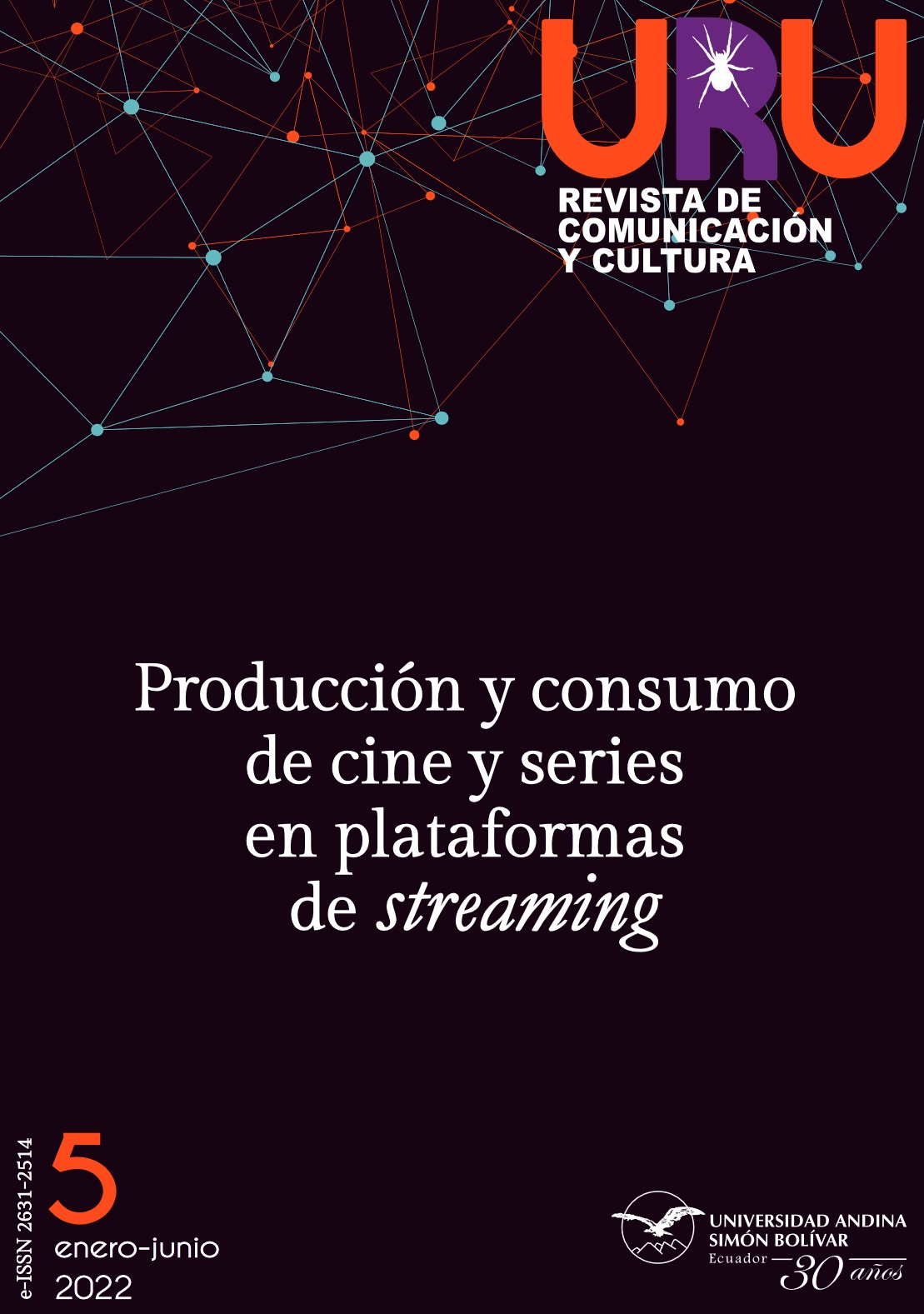Abducción y sinequismo: Claves peirceanas para descifrar el ingenio del doctor Gregory House
DOI:
https://doi.org/10.32719/26312514.2022.5.11Palabras clave:
Abducción, sinequismo, diagnóstico, indicios, síntomasResumen
En este artículo revisaremos dos categorías fundamentales en el inmenso arsenal teórico de Peirce, la abducción y el sinequismo, que se aplican con gran rendimiento a la resolución de enigmas. Utilizaré estos conceptos para describir el modo de razonar del conocido doctor Gregory House, personaje principal de la serie televisiva del mismo nombre. Se comprobará que su habilidad para resolver extraños casos médicos es más la de un semiótico que la de un médico, demostrando que su pensamiento, libre de la disciplina de la ciencia médica, es efectivo gracias a sus habilidades abductivas y sinequísmicas, como ocurre en los procesos mentales de los detectives privados.
Descargas
Referencias
Ginzburg, Carlo. 2008. Mitos, emblemas, indicios: Morfología e historia. Barcelona: Gedisa.
McNabb, Darin. 2018. Hombre, signo y cosmos: La filosofía de Ch. S. Peirce. Ciudad de México: Fondo de Cultura Económica.
Peirce, Charles Sanders. 1974. La ciencia de la semiótica. Buenos Aires: Nueva Visión.
—. 2012. Obra filosófica reunida. Volumen I (1867-1893). Ciudad de México: Fondo de Cultura Económica.
—. 2021a. “Lecciones de Harvard sobre el pragmatismo. Lección VI: Tres tipos de razonamiento”. Universidad de Navarra. 27 de febrero.
—. 2021b. “La fijación de la creencia”. Universidad de Navarra. 24 de agosto.
Sebeok, Thomas. 1996. Signos: Una introducción a la semiótica. Barcelona: Paidós.
—, y Jean Umiker-Sebeok. 1994. Sherlock Holmes y Charles S. Peirce: El método de la investigación. Barcelona: Paidós.
Publicado
Cómo citar
Número
Sección
Licencia
LicenciaLos autores/as que publiquen en esta revista aceptan las siguientes condiciones:
- Los autores/as conservan los derechos de autor y ceden a la revista el derecho de la primera publicación, con el trabajo registrado bajo Licencia Creative Commons 4.0 de Reconocimiento No Comercial-Compartir Igual 4.0, que habilita a compartir, adaptar y atribuir el trabajo (ver: Políticas de acceso abierto).
- Los autores/as pueden realizar otros acuerdos contractuales independientes y adicionales para la distribución del artículo publicado en esta revista (p. ej., incluirlo en un repositorio institucional o publicarlo en un libro) siempre y cuando indiquen claramente que el trabajo se publicó por primera vez en Uru. En caso de reproducción deberá constar una nota similar a la siguiente: Este texto se publicó originalmente en Uru: Revista de Comunicación y Cultura N° --, año de publicación.
- Se recomienda a los autores/as publicar su trabajo en Internet (por ejemplo en páginas institucionales o personales) en la versión final publicada por Uru: Revista de Comunicaicón y Cultura ya que puede conducir a una mayor y más rápida difusión del trabajo publicado.








